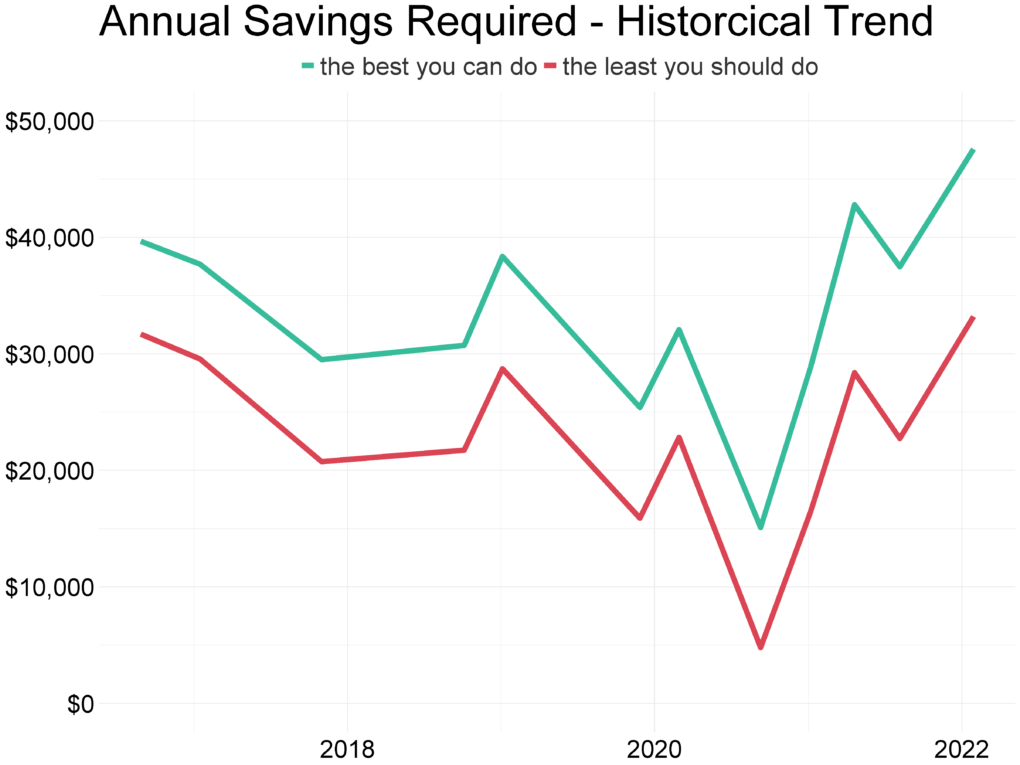President Dwight D. Eisenhower was once quoted as saying that in preparing for a battle, I have found that plans are useless, but planning is indispensable.
There is no perfect plan because change is the only constant. But that does not mean we do not plan.
I like simplicity which means that that 50-page binder you get from that neighborhood finance guy is out the door. Your plan should be so simple and yet comprehensive enough that a 5-minute glance at it and you know what is going on with your money.
That is the design I build into the plans you receive and a big part of the inspiration behind it comes from a book by Carl Richards called The One-Page Financial Plan. The essence of the book is to distill the complex into simple to help keep clients vested into their plans while stressing on the need for ongoing planning.
And ongoing planning is important because life circumstances change, family dynamics change, markets evolve, your savings rate ebbs and flows – all these impact your plan.
But an ever-evolving plan does not mean it has to change every day. There are tools out there that provide real-time updates on your money but that is way overkill. In fact, they can be downright detrimental as they suck you into watching micro-second level updates about your money on what is supposed to be a decades-long game.
So apart from implementing tweaks here and there to keep the plan within its pre-defined guardrails, any more effort and we make things worse.
But there might still be gaps that develop and that is what I want to address here. Take a goal like saving for retirement for example. There are two kinds of gaps we track there.
The first is the required annual savings rate that is fundamental to your plan. That is derived from the amount of savings you have today and the amount that it needs to grow to to support your expenses in retirement. There is some behind the scenes net present value math and cash flow projecting that needs doing but nothing complicated.
Running out of money before running out of time is the biggest fear retirement savers have so the required savings rate I like to design into your plans has a built-in conservatism to account for longevity and sequence of returns risk.
But you meet the required savings goal outlined and everything and I mean everything falls into place.
Your plans typically track a couple different retirement income scenarios to afford some optionality which then means you’ll see savings rate curves like these…

This is the most important part of your plan. It tells you how the required savings rates have trended historically and what their state is today. You want to see these curves stay flat or trend down and there are only two ways to make that happen –
- If the markets and consequentially your portfolio do better than the expectations built into your plans. That is possible but that is not something we get to control much beyond building a good portfolio for your station in life. Market forces decide the rest.
- What is very much in your control is how much you save. So, if you see these curves perk up, you know what to do.
And during the early part of your journey to financial independence, it is the savings rate that makes all the difference. So be deliberately maniacal about it.
The second kind of gap we track is more structural and that relates to how your portfolio is divvied up between different categories of investments. A good portfolio means that there will always be some corner of it that is temporarily underperforming so that will create a gap from the desired portfolio targets.
We fill that gap with new money that feeds your plan. But there are situations where contributions to your retirement plan at work is all you can do so we go looking to fill that gap in your 401(k).
But say we don’t find that investment in your lineup there. Or if we do, the available option is so inferior and expensive that it would be better to leave that category unfilled.
The other option is to rebalance into that investment to fill that gap outside of your 401(k) but that involves selling investments that have done well and buying the ones that have not. Selling means capital gains and capital gains means taxes so again, not something we’d want to do.
Worst case, we leave that gap as is and use the dividends that trickle in to fill that up over time.
But filling both kinds of gaps means you’ll be buying investments that are temporarily marked down with new savings which then means that when they eventually mean revert, you’ll be set sooner than planned.
By failing to plan, you will be planning to fail so plan you must. You meet the key defining metrics that are part of your plan and life gets easy. The rest is all icing on the cake.
Thank you for your time.
Cover image credit – Elina Sazonova, Pexels
